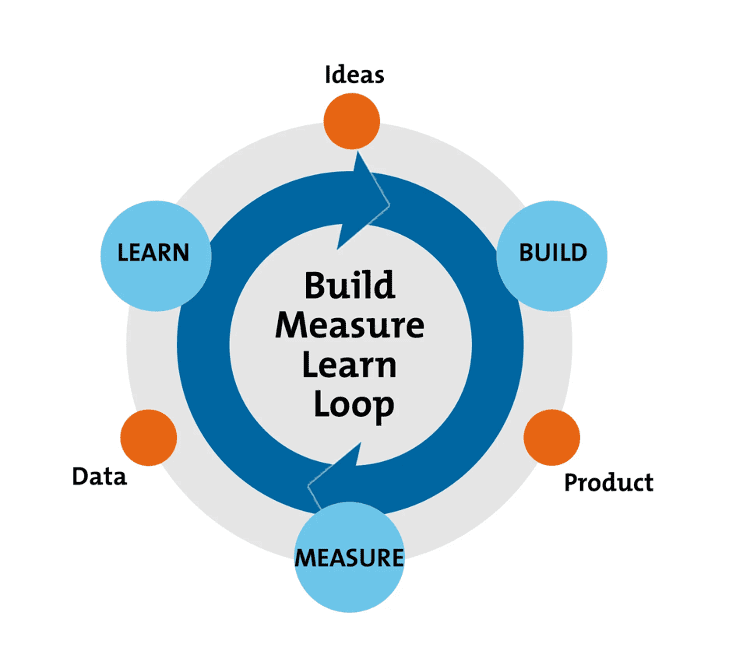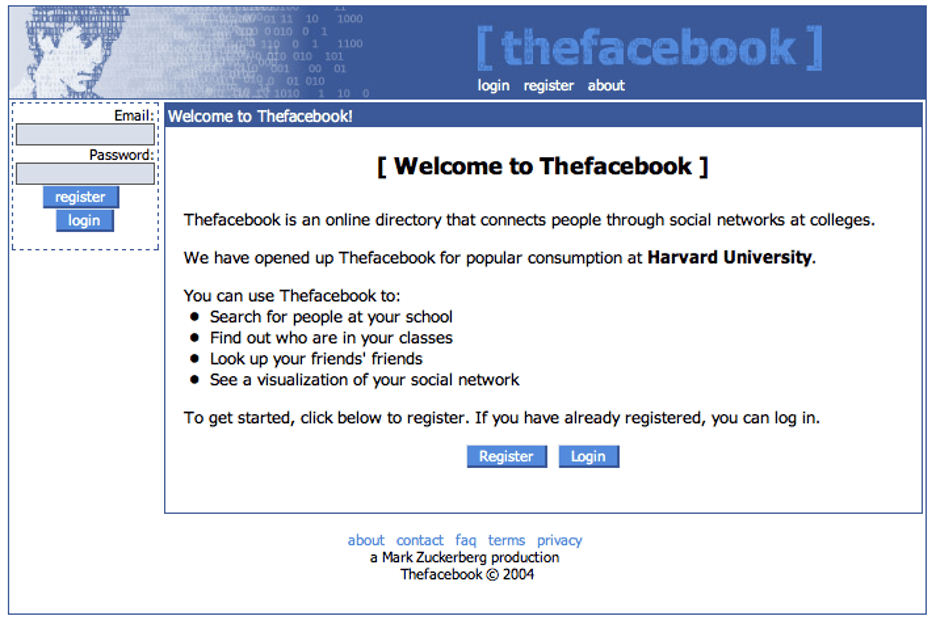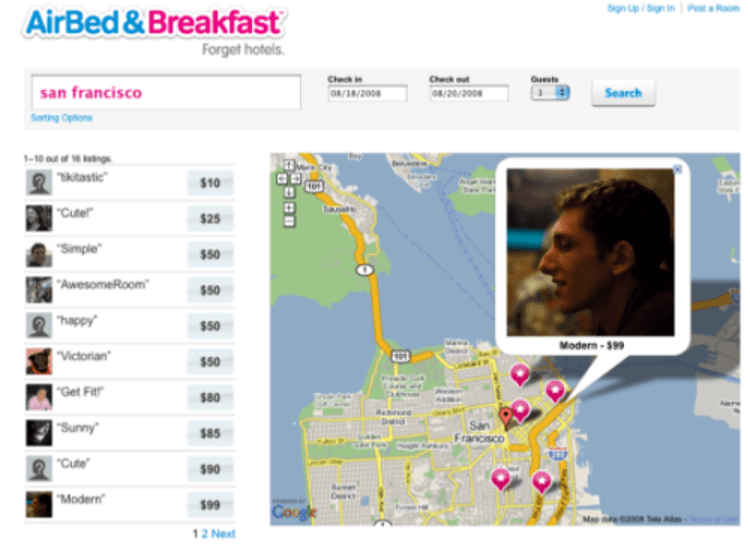
Click to learn more about author Tuhin Bhatt.
Everyone from Uber to Facebook and even Amazon had their initial versions as MVPs (Minimum Viable Product). Building an MVP is considered to be the first step to testing and validating a groundbreaking or audacious idea.
The Build -> Measure -> Learn feedback loopis what makes an MVP a go-to tool for all startup founders and businesses. It pins the idea against a real-world scenario where a user will use it and might find obstacles or would expect a feature to solve their problem.

That said, understanding user behavior is critical in building an MVP. Ideally, an MVP should be built around user behavior. It is the best way to showcase how the envisioned product or service can solve user problems and become a revenue-earning offering.
There are four more steps, or rather best practices, that you must bear in mind while building an MVP. They are:
1. Build a Skeleton
2. Target Users in Specific Geo-Locations
3. Test for Recurring Users
4. Highlight Key Differentiators
Why are these best practices relevant? They ensure that you build the MVP the right way and with the minimal amount of resources possible. Still, you should be able to gather the maximum amount of user data possible to validate your idea and learn more about users.
1. Build a Skeleton
An MVP is not a full-fledged product. It is a skeleton — a bare minimal representation of the idea that is created to showcase the idea. It has only the necessary features and no-frills designed to impress.
Building a skeleton version of the product ensures that you are able to see how users react to the core features of the product. Does it solve their problem? Do they see it as a potential shift in the usual way of working? Or, do they expect more changes in the next versions? These are the questions that the skeleton should address. If you want inspiration, here is what the Facebook MVP looked like:

Serial entrepreneur Neal Taparia, who runs the classic game and brain training platform Solitaired, explains:
“When building your MVP, it’s important to think about one key feature. What is the one feature that will deliver the most value to your user? When we started to build Solitaired, we could have built multiple games to see how it can improve cognition and memory. Instead, we focused on solitaire, saw positive feedback, and have since expanded into other games.”
2. Target Users in Specific Geo-Locations
Unlike usual product launches that go live across the globe, an MVP has a more focused approach. It is usually built keeping in mind users from specific geo-locations. The user habits, culture, the local statutes, etc., are also factoids to keep in mind when building the MVP.
For example, what is road legal in the United States might be against the motor laws in Asian countries. So, it makes sense to build the MVP with users in specific geographies in mind. This will help create a complete yet minimal working product that can be tested without any ambiguity.
The team at Unscrambled Worlds, as another example, helps build vocabulary through word finding exercises. Even though their market is international, they made a calculated choice to build their first product in English.
Also, targeting users in specific locations has its own benefits. You can isolate the learnings and see if users exhibit similar responses across other regions. This helps in the quick scaling of the product without multiple reiterations for multiple geographies. Also, releasing an MVP for a bigger region adds to the cost, while focusing on a specific region keeps the costs minimal. This brings us to the next point of testing for recurring users.
3. Test for Recurring Users
Do you know how Airbnb managed to scale fast on a global scale? They had built the MVP around this typical user behavior. Airbnb’s MVP was built not just to test market interest but also to ensure that recurring users will continue using it.

Pictured: Airbnb MVP
Here is the thing about successful products. They have recurring users, not just monthly active users (MAU). Recurring users ensure that the business has a steady flow of income. It also helps keep customer acquisition costs (CAC) controlled while expanding its current features and capabilities. So, while building and testing an MVP, it is necessary to test it for recurring users as well.
4. Highlight Key Differentiators
An MVP is used to test and learn from user behavior. It is used to understand whether the product strategy is attuned to solving the user’s problems and whether user expectations are aligned to it. To get the maximum learning from user responses, it is necessary to highlight key differentiators that the product is offering.
The users should be able to dive straight into what is being offered so that they can realize its true value. Also, it will help understand whether the product will be able to withstand competition who are offering similar or lesser alternatives.
The onus is upon the ideators to identify the key differentiators. Proper communication of the differentiators will help the engineering team or the MVP development company to quickly build a functional MVP. It will help accelerate the MVP loop of Build -> Measure -> Learn.
Bringing It All Together
A Minimum Viable Product is like a shot at creating a first impression on the prospects and stakeholders. It helps gauge their initial reactions and also the need for subsequent improvisations.
However, their initial reactions cannot be read or deciphered using facial emotions or verbal remarks. Only data can reveal how users interact and use the MVP. It will pave the way for future construction and improvisation of the final product.
There is no perfect way to build an MVP. However, we can take cues from those who have succeeded in doing it. The ones that have seen success so far start with a basic design — a skeleton version. The basic version usually targets users in a specific geo-location and then builds upon it based on user response.
They are also tested for recurring users to ensure that the final product actually serves a market purpose and does not miss the trees for the forest. Also, as the final piece, the MVP should ideally highlight the key differentiators it is bringing to the table compared to existing market offerings. This is what will help cement the long-term success of the final product when it hits the market.
